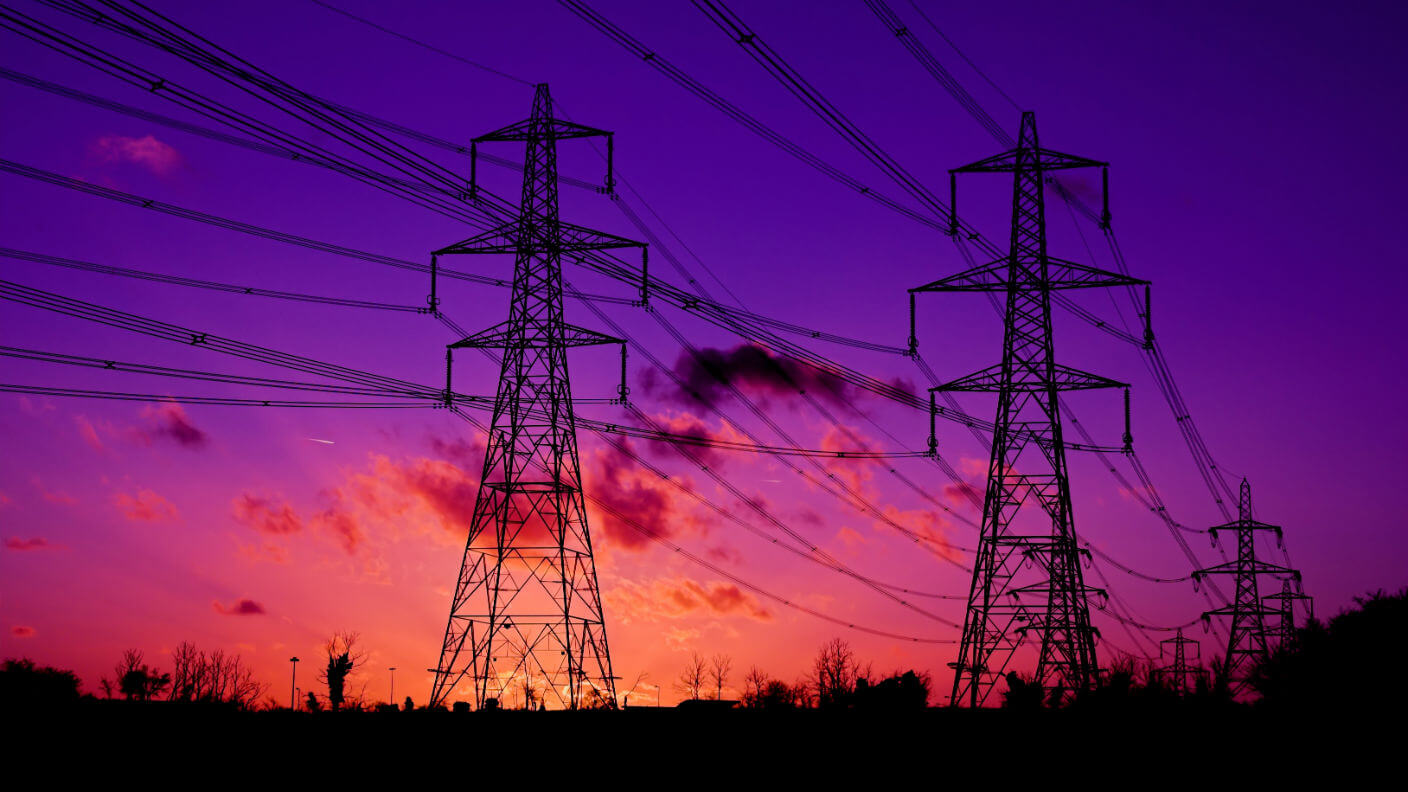
Fusion power in 15 years? Suuuuure.
Originally shared by Singularity Hub
New MIT Startup Targets Working Fusion Reactor in 15 Years. Can It Be Done? http://suhub.co/2FXGG05

Fusion power in 15 years? Suuuuure.
Originally shared by Singularity Hub
New MIT Startup Targets Working Fusion Reactor in 15 Years. Can It Be Done? http://suhub.co/2FXGG05

I have several thoughts on this.
1. Why the 100km specification? If you can control it from 100km away, surely you can control it from anywhere? Though lag might be a factor, I suppose.
2. Why is an airline sponsoring this? Do they see the writing on the wall?
3. Hand brake, not hand break.
4. This is a technology I explore in my novella Gu: http://csidemedia.com/gu. Among the implications: if people can live in one country and work in another, that does interesting things to migration, labour, the cost of housing, and people’s relationship to timezones.
Originally shared by Singularity Hub
$10 million XPRIZE Aims for Robot Avatars That Let You See, Hear, and Feel by 2021 http://suhub.co/2HMbx04
Almost three-quarters of the size of the average New York apartment for $10k, and they hope to get it down to four. About to be deployed in El Salvador.
https://www.theverge.com/2018/3/12/17101856/3d-printed-housing-icon-shelter-housing-crisis
Via a private share. If you write speculative fiction, and are over 50, and have recently started working at a pro level, you can apply for this grant. There are two available.
This year’s Event Horizon (the anthology of stories by authors eligible for the John W. Campbell Award for Best New Writer) is just out, and you can get it free at the link below.
I haven’t checked yet, but one of my stories should be in there. This is my second (and final) year of eligibility, and I’m not connected enough to actually get nominated, so no Campbell for me; but it is cool to be eligible.
Pick up the book and see what the neopro authors are up to these days.

This is well said. Our narratives are often all or nothing, disaster or triumph, because that makes for a better story, but real life generally is not that tidy.
About 20 years ago, I started (but didn’t finish) an SF novel set in the 2020s. I called it Topia, because I wasn’t setting out to write a utopia or a dystopia, but something in between. I still think there’s some space for that in fiction; it’s certainly how things generally work out in reality.
Originally shared by Singularity Hub
What If the AI Revolution Is Neither Utopia nor Apocalypse, but Something in Between? http://suhub.co/2HvWMyB
A significant confession. Good to see a publication examining its own past first.
Originally shared by Jennifer Ouellette
National Geographic acknowledges its own past, promoting scientific racism worldwide. Like the time it wrote about South African society in the 1960s.
“National Geographic’s story barely mentions any problems,” Mason said. “There are no voices of black South Africans. That absence is as important as what is in there. The only black people are doing exotic dances … servants or workers. It’s bizarre, actually, to consider what the editors, writers, and photographers had to consciously not see.”
https://www.nationalgeographic.com/magazine/2018/04/from-the-editor-race-racism-history/

As things tend towards being free, consumption tends to increase. So will we need to regulate energy consumption so that it’s only free as long as you’re not wasting it?
Originally shared by Singularity Hub
If Energy Becomes Free in the Future, How Will That Affect Our Lives? http://suhub.co/2tBp4Wi
I’ve heard that, though tractors have been effectively self-driving for a while now, farmers still want to be in the cab because they enjoy being involved in the process. I suppose big agribusinesses don’t care about that, though.
Originally shared by Wayne Radinsky
“The first fully autonomous ground vehicles hitting the market aren’t cars or delivery trucks — they’re robo-farmhands. The Dot Power Platform is a prime example of an explosion in advanced agricultural technology, which Goldman Sachs predicts will raise crop yields 70 percent by 2050. But Dot isn’t just a tractor that can drive without a human for backup. It’s the Transformer of ag-bots, capable of performing 100-plus jobs, from hay baler and seeder to rock picker and manure spreader, via an arsenal of tool modules. And though the hulking machine can carry 40,000 pounds, it navigates fields with balletic precision.”
That’s pretty breathless. Let’s see if it can live up to that. I think it may need humans in the loop.
This is why Bill Gates and others have proposed a “robot tax,” and why I think it’s a good idea.
Originally shared by Cyndi S. Jameson
“The authors find some good news: automation doesn’t reduce the number of jobs available—if anything, it creates them. Although some industries have lost jobs due to automation, the productivity spillovers accruing to customer and supplier industries (what the authors call “the Costco effect”) and to overall consumer spending (what they call the “Walmart effect”) more than offset the direct losses to specific industries. The net effect is a slight increase in employment, cumulating to some 6 percent over the 1970-2007 period.
But here’s the catch: While automation has created jobs, enhanced the size of the economic pie, and increased total worker earnings, it has not raised the share of national income allocated to wages as rapidly as it has raised productivity. In short, the part of the economic pie that belongs to worker earnings has shrunk. This finding holds whether automation is measured by productivity gains, by industry-level patenting flows, or by adoption of industrial robotics. In net, the effect of automation on the share of national income allocated to wages is negative because industry-level loses are not fully offset by either “Costco” or “Walmart” effects.”